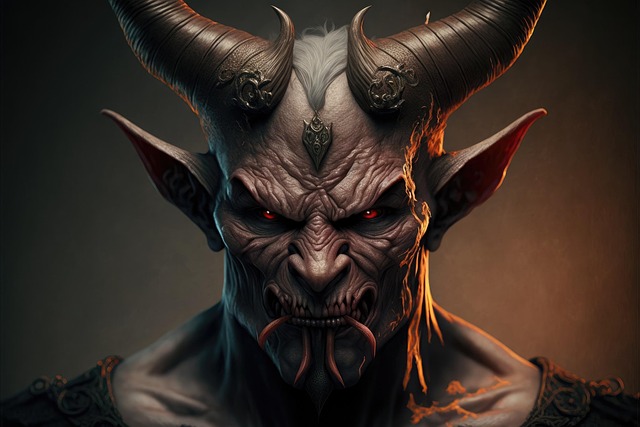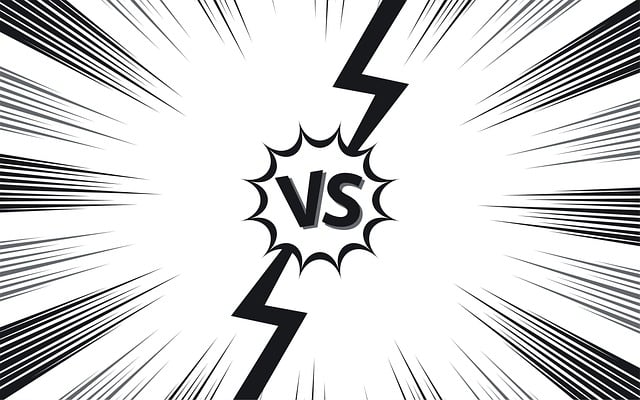Understanding Indian internet users' preferences involves recognizing cultural and regional influences on content consumption. Eng (English-speaking) vs Ind (Indian) users exhibit distinct behaviors; while Eng users engage globally, Ind users prefer locally relevant content like festival imagery, spiritual practices, and language-localized material. Success in India requires leveraging local influencers, integrating Bollywood media, and exploring diverse interests like tourism. Optimizing website design with culturally sensitive topics and tailoring digital strategies to unique Indian legal systems and transportation preferences are key for effective market entry and engagement.
In the vast and diverse market of India, optimizing website design for local users is crucial for success. This article guides you through essential strategies to develop a robust go-to-market approach tailored for Indian audiences. From understanding unique internet behavior and cultural nuances to leveraging digital trends, we explore how to create user-centric experiences. By integrating these insights, businesses can effectively navigate the Indian market, bridging the gap between global practices and local preferences (eng vs. ind).
- Understanding Indian Internet Behavior and Preferences
- Cultural Considerations for Effective Website Localization
- Leveraging Digital Platforms and Trends in India
- Crafting a User-Centric Go-To-Market Strategy
Understanding Indian Internet Behavior and Preferences

Understanding Indian Internet Behavior and Preferences
When optimizing website design for Indian users, it’s crucial to comprehend their unique online behavior and preferences. In contrast to their global counterparts, Indian internet users often prioritize content that resonates with their cultural and regional backgrounds. Engaging visuals, such as vibrant colors and imagery from local festivals like Holi or spiritual practices like Yoga and Meditation, can significantly enhance user experience. Additionally, the vast market of India’s diverse languages demands localized content to foster better engagement. According to recent statistics, while England boasts high Facebook engagement at 26%, India shows a different trend with its own digital platforms gaining immense popularity.
This cultural context also influences their search behaviors and information consumption patterns. Topics like Environmental Issues: Climate Change in India and Architecture Trends: Modern Indian Design often attract significant interest from this demographic. As the country’s digital landscape evolves, understanding these preferences is essential for developing a successful go-to-market strategy. For instance, leveraging partnerships with local influencers or integrating popular media and entertainment elements like Bollywood’s global reach can significantly boost engagement. Give us a call at British Film Industry’s Legacy to explore more tailored approaches that cater to the Indian market.
Cultural Considerations for Effective Website Localization

When optimizing a website for Indian users, understanding cultural nuances is paramount to success. Overcoming English language differences is just the beginning; exploring cultural misunderstandings between India and England can significantly impact engagement. For instance, social norms vary greatly—what’s considered polite in one country might not be in another. This knowledge is crucial when designing content and user interfaces that resonate with Indian audiences.
The global influence of the Indian diaspora plays a significant role, especially on digital platforms like Facebook, where engagement trends differ between India and England. Similarly, environmental issues such as climate change are pressing concerns in India, while traditional art forms like English ballet might not hold the same appeal. Tailoring content to these unique perspectives ensures that marketing strategies for India are culturally relevant. Additionally, highlighting tourism hotspots like the Golden Triangle Tour or exploring urban life in Delhi’s bustling markets can create a strong connection with Indian users, guiding them to discover and engage with your brand seamlessly—just remember to find us at Exploring England’s Coastal Towns for a broader appeal.
Leveraging Digital Platforms and Trends in India

India, with its vast and diverse population, presents unique opportunities and challenges for businesses looking to succeed in the digital space. Leveraging the country’s thriving digital platforms and understanding consumer behavior are crucial steps in any go-to-market strategy. The Indian market has witnessed exponential growth in internet penetration, with a significant portion of the population actively engaging with various online platforms. This shift towards digital adoption offers businesses a chance to connect with customers across different regions, including metropolitan cities like London and smaller towns.
When optimizing website design for Indian users, it’s essential to consider local trends and preferences. For instance, while Victorian-Gothic English styles might appeal to certain demographics globally, including the UK, consumer behavior in India often leans towards more vibrant and cultural designs reflecting the country’s rich heritage. Social media marketing plays a significant role in India, with influencers gaining immense popularity, mirroring the global trend but with unique Indian twists. Similarly, navigating transportation preferences—like auto-rickshaws versus London black cabs—and understanding legal systems, such as common law vs. civil law, can influence digital strategies and user experiences tailored to these markets.
Crafting a User-Centric Go-To-Market Strategy

When crafting a go-to-market strategy for India, it’s essential to align your website design and user experience with the unique needs and preferences of Indian users. Engaging in a user-centric approach means understanding the cultural nuances, language barriers, and digital behaviors specific to this diverse market. Unlike the UK’s Online Advertising Scene, which has its own trends, India presents a distinct landscape where traditional practices often blend with modern innovations.
Cultural comparisons between India and England reveal stark differences that must be acknowledged in your marketing strategy. While historical journeys, such as English colonialism in India, have left architectural remnants like Modern Indian Design, the digital space is a realm where India’s rich heritage meets technological advancements. For instance, English Language Learners’ Journey in India showcases the growing demand for accessible content and services that cater to non-native speakers. By prioritizing these aspects, your website design can effectively attract and engage Indian users, ensuring a successful go-to-market strategy rooted in cultural sensitivity and user experience optimization.
In optimizing website design for Indian users, understanding their unique internet behavior and preferences is key. By leveraging cultural considerations and current digital trends, businesses can craft a compelling go-to-market strategy that resonates with the eng vs ind audience. A user-centric approach, tailored to the local landscape, ensures success in today’s competitive market, allowing brands to thrive among India’s vibrant digital ecosystem.
